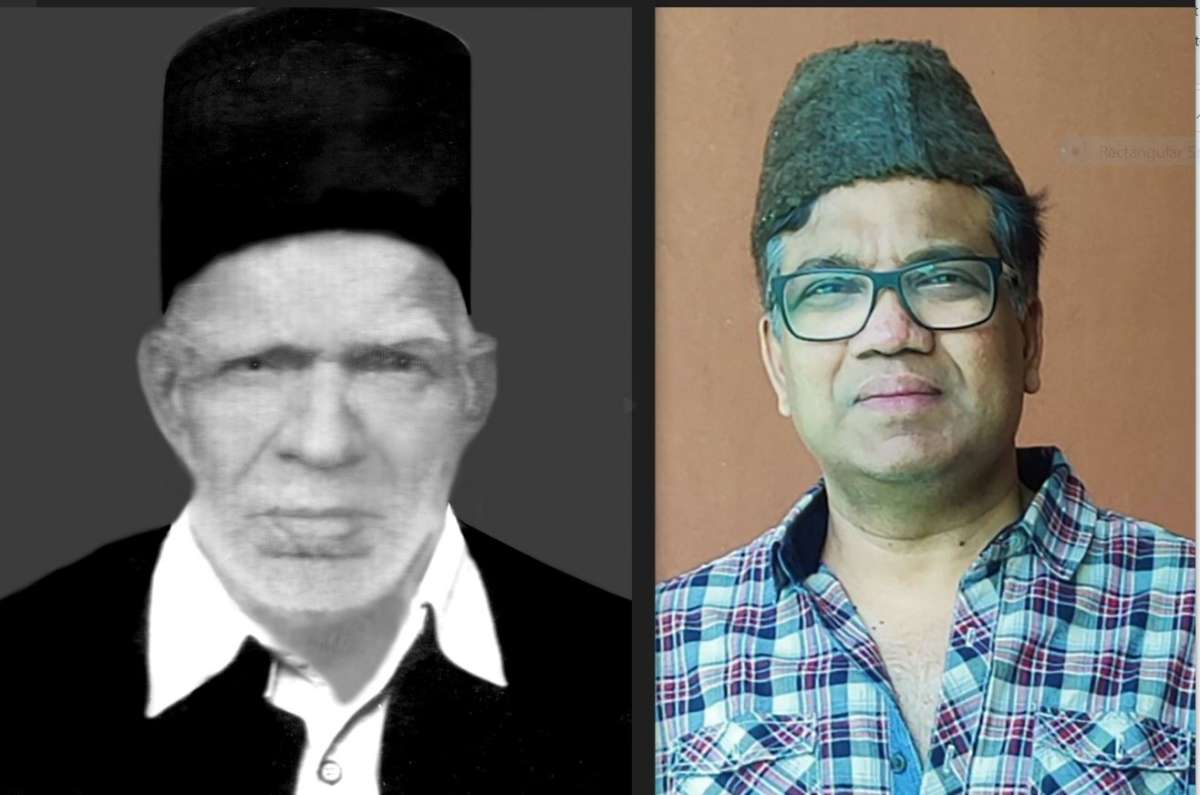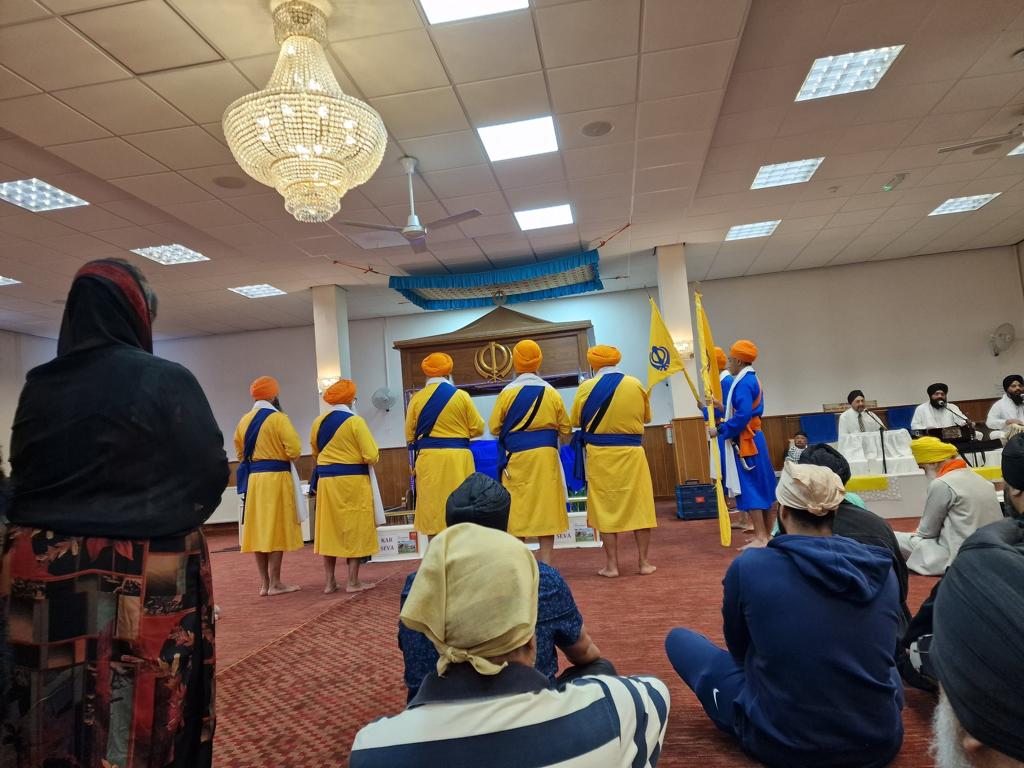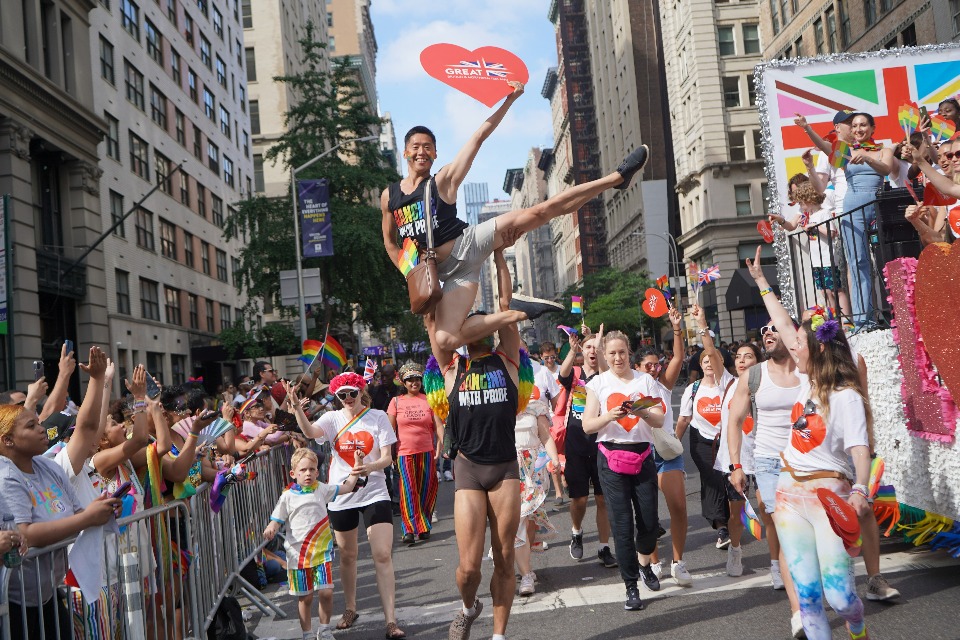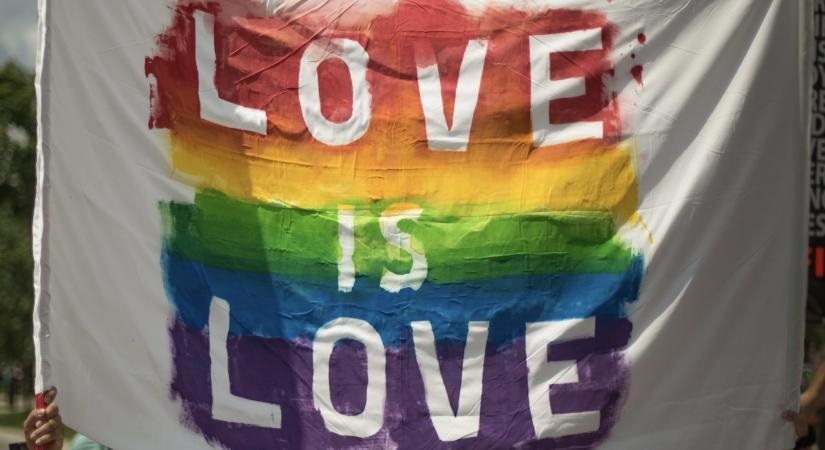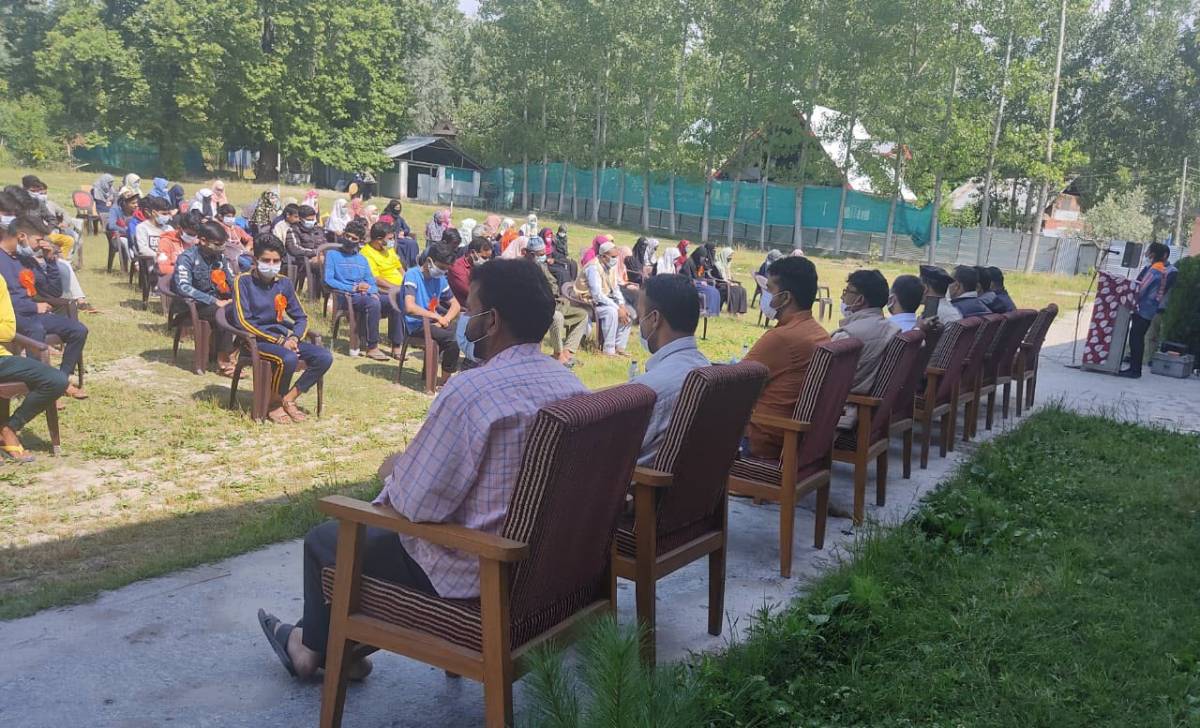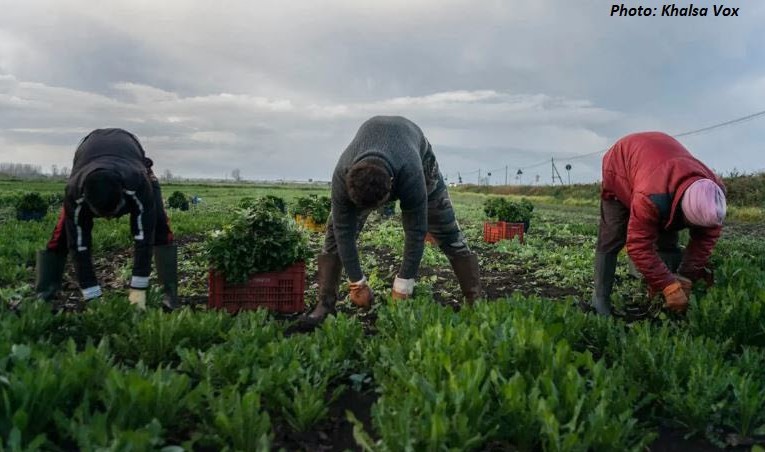Unfortunately, opportunities for English education were scarce in his village in Palakkad. Undeterred, Vappa embarked on a grueling journey, walking 20 miles each day (as owning a bicycle was a luxury for a farmer’s family) to attend school in Alathur and later to join a Teacher’s Training College in Coimbatore. He became the first from the Ravuther families in Palakkad to attain this qualification … writes Kaliph Anaz to mark Teacher’s Day
Today is Teacher’s Day. I am reminded of my Vappa (grandpa), Mohammed Ravuther, affectionately known as Thoppi Vappa due to his ever-present Hat. He was a teacher, and being a part of his family, I feel a deep connection to the teaching world. My own career began in teaching and still occasionally finds its way back there like teaching journalism at Kerala Media Academy. They say we owe our success to our parents’ sacrifices, and while that is true, in our Aattukkara Family, credit also goes to my Grand Dad, who changed the fate of our humble farming Ravuther family.
Vappa’s family had relocated from Thirunelveli from Tamil Nadu to British Malabar during a severe drought in their village. They eked out a living in Palakkad through farming, weaving, and raising goats, earning them the moniker “Aattukara,” the family with goats as its symbol. Vappa himself contributed to the family’s labour force. However, fate took an unexpected turn when he had a chance encounter with a Dorai (British Officer). Vappa was determined to learn the language of the rulers of Malabar, the Ghora Sahibs, who spoke English and held power. Instead of sticking to his mother tongue, Tamil, he resolved to master the language of the Ghoras.

Unfortunately, opportunities for English education were scarce in his village. Undeterred, he embarked on a gruelling journey, walking 20 miles each day (as owning a bicycle was a luxury for a farmer’s family) to attend school in Alathur and later to join a Teacher’s Training College in Coimbatore. He became the first from the Ravuther families in Palakkad to attain this qualification. Due to his soft-spoken nature, people affectionately referred to him as “Ki Ki Master” – the master with a feeble voice. All six of his sons went on to become government officers – eldest son Abdul Kareem, Post-master, P&T Department; Mohammed Ismail, Teacher; Abdul Azeez, Engineer, P&T Department; Abdul Khader, Station Master, Indian Railways; Abdul Rahman, Indian Air Force; Akbar Basha, Defence, Cordite Factory, Aruvankadu. All of whom chose to remain in independent India despite tempting offers to relocate to Pakistan. We were born here, we will die here!
Vappa was a strict teacher who did not shy away from using the cane, a common practice in those days. Many households displayed a cane on their walls as both a warning and a deterrent from trouble. We grew up as a family of educated (Padichavar), thanks to Vappa’s influence. He instilled in us the habit of reading “The Hindu,” a Palakkad tradition that evolved as we grew, starting with reading the headlines in primary school, moving on to copy in secondary school, and ultimately comprehending “The Hindu” editorials in college. A graduate in Palakkad means a guy who can understand The Hindu, including its editorials without referring to a dictionary.
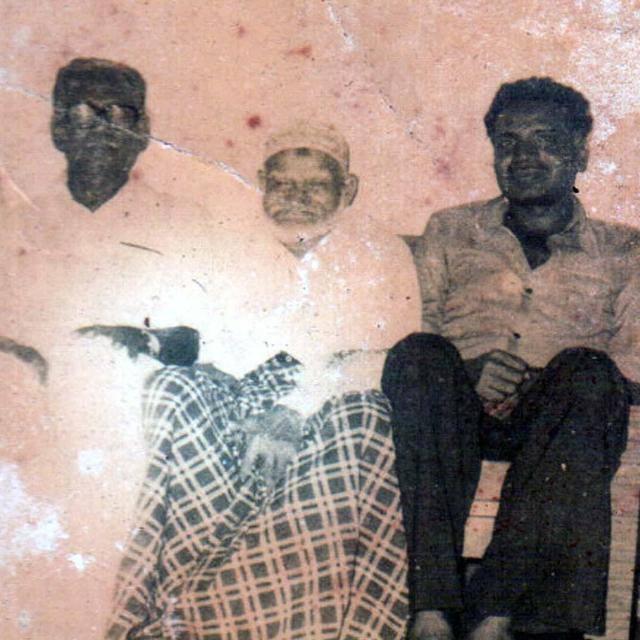
During vacations in Palakkad, Vappa would take us to meet his outstanding students at Civil Station, District Court, Colleges, and Schools. These accomplished civil servants would stand before him with unwavering respect, reverting to the role of students in front of their master. I still cherish memories of my Grandpa, who was meticulous about grammar (Wren & Martin) and vocabulary, the two pillars of mastering any language. He set aside all other subjects to teach us English and introduced me to the works of Dickens. Poor Oliver, the innocent protagonist; the conniving Fagin; the stern Mr. Bumble – these characters have left an indelible mark on my mind. He was also an ardent fan of MGR and Sivaji, and I watched MGR’s “Nadodi Mannan” and Sivaji’s “Gauravam” with him at New Theatre and Gowder Talkies, creating unforgettable memories. I vividly recall the sight of him, radiating with pride, as Sivaji’s Veerapandiya Katta Bomman boldly challenged Jackson Dorai with that iconic dialogue that ends with the curse…. Maanam Kettavane (Shameless!). He might have found great satisfaction in witnessing a Tamilian boldly labelling an Englishman as “shameless.” After all, his forefathers had stood alongside Tipu Sultan in defiance of the English, leaving behind a proud legacy for the Ravuthers.
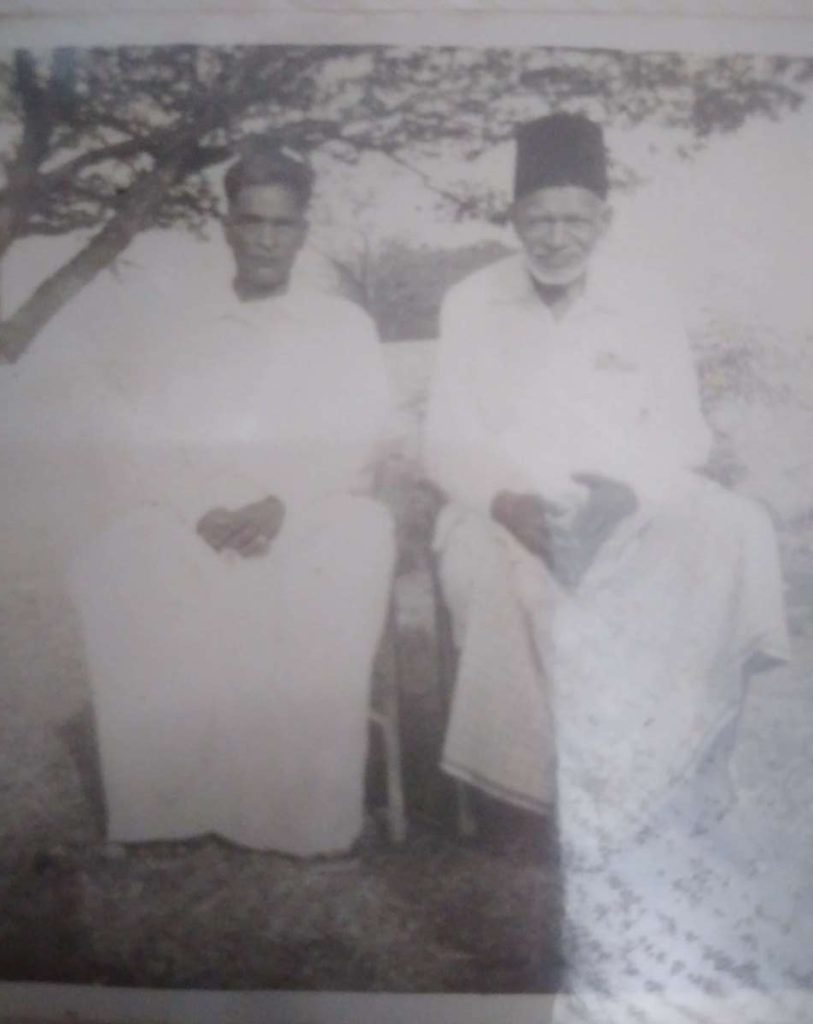
Palakkad, with its Tipu’s Fort, Noorani Agraharam, Puthupalli Theruv, Bharatha Puzha, Malampuzha Dam & Garden, Valiyangadi, Manjakulam … felt like my very own Malgudi. There was plenty to do during vacations, and my cousins Naushad and Babu eagerly awaited my arrival. We spent hours sliding down concrete slides in front of the fort, much like Swami and his friends in Malgudi. We spoiled many trousers…
Vappa was a humble Ravuther, and people would stand in reverence as he walked down Puthuppalli Theruvu (street), addressing him as “Mashe” – Teacher. That one word encapsulated all the respect a teacher held in Kerala. MASHE … People sought his advice regarding their children’s education, and he would help write complaints, grievances, and loan applications, a tradition our family still upholds. Many of my cousins like Dr Abdul Sathar, Dilshad, Sakariya, Kamal are active in community service after retirement, carrying forward Vappa’s legacy. Vappa’s sons carry that transition in their spare time and find time to teach after retirement. As a family, we are blessed with his knowledge, discipline, and principles. The Aattukara family now boasts doctors, engineers, lawyers, journalists, pharmacists, writers, film directors, and teachers, among others, showcasing the profound impact of Thoppi Vappa’s journey.
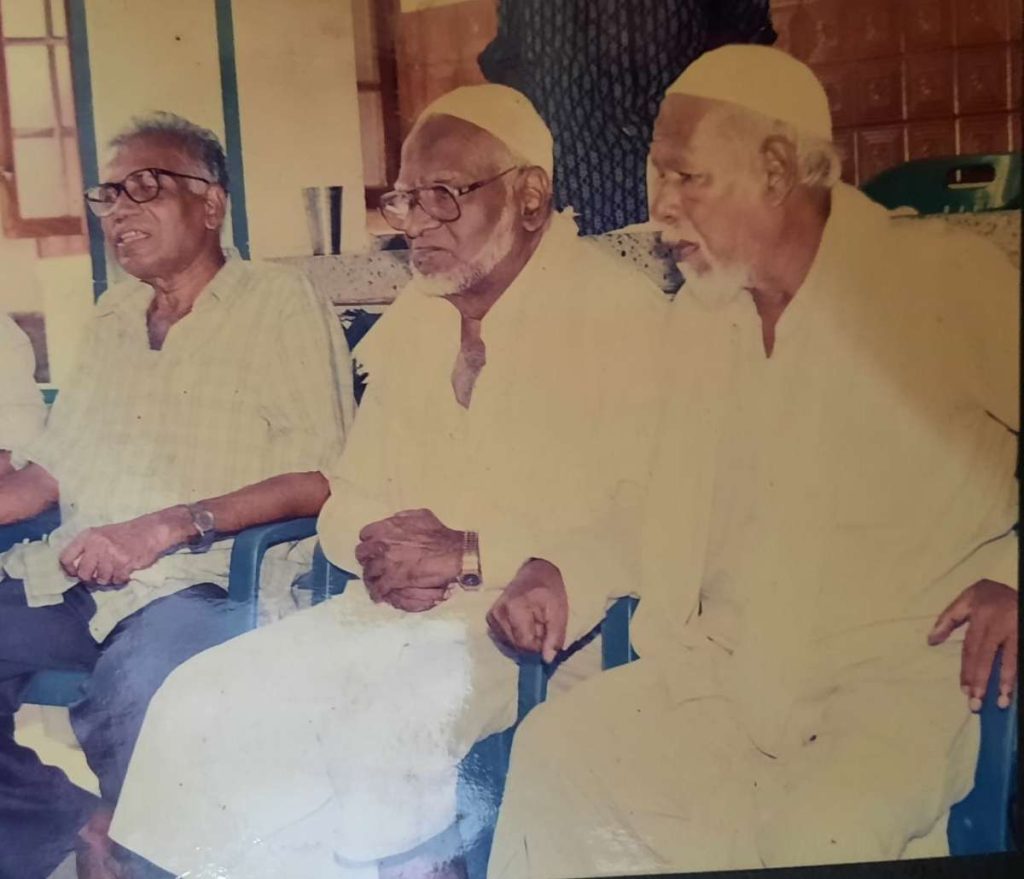
Vappa’s decision to learn a new language and change our family’s destiny was remarkable. He was a simple Ravuther who took that crucial first step – The decision to walk 10 miles to learn a language. His first step becomes the first move for our family to rewrite our fate. We are what we are now because of him. His decision to walk 20 miles every day put our family on another pedestal.
We owe a heartfelt salute to Thoppi Vappa, the teacher who walked 20 miles each day to master a language and brighten the lives of countless others, including ours. Teaching is truly one of the noblest professions. Happy Teacher’s Day.

